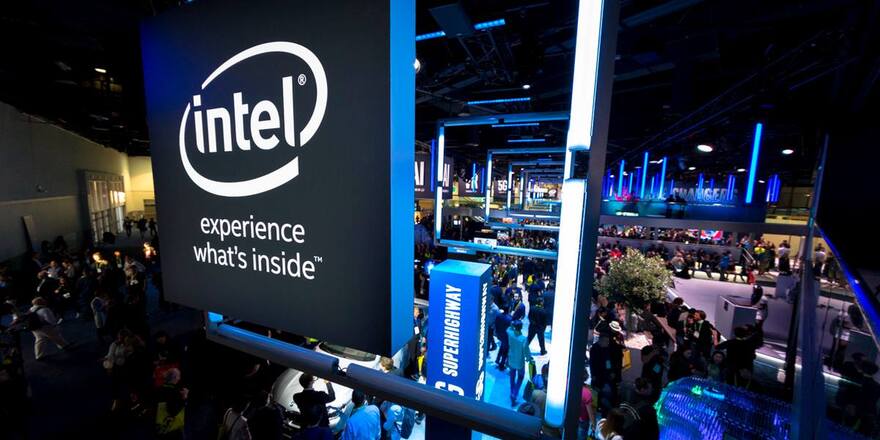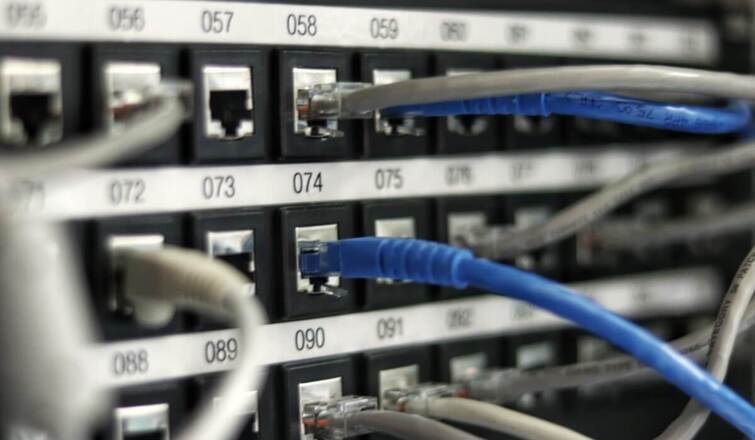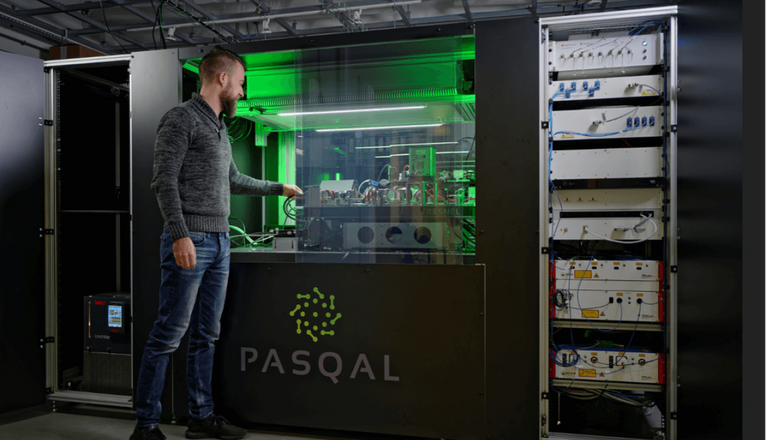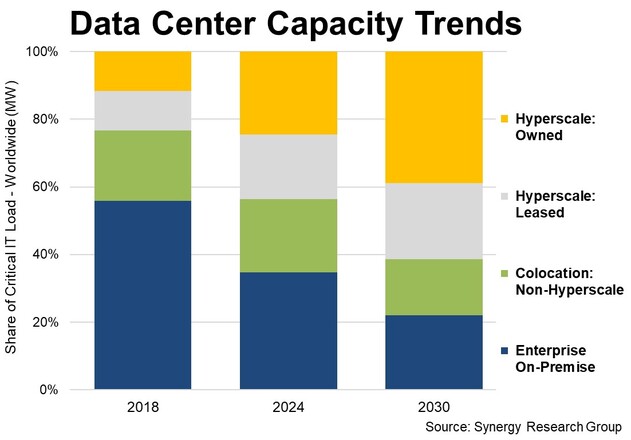
Intel has completed the majority of a planned 15% reduction in its core workforce, marking one of the company’s most significant restructurings in recent years. The move is part of a broader campaign to streamline operations, cut expenses, and sharpen focus on high-priority areas like artificial intelligence (AI) and semiconductor manufacturing.
The workforce reduction, finalized during the second quarter of 2025, is designed to create a “faster-moving, flatter, and more agile organization,” according to Intel’s leadership. Intel expects to finish the year with approximately 75,000 employees – down from more than 88,000 prior to the cuts. The company emphasized that the layoffs, combined with natural attrition, are intended to help achieve long-term operating efficiency while positioning the business for future growth.
“This is about building a more financially disciplined and execution-focused Intel,” said CEO Lip-Bu Tan in a statement. “We’re taking difficult but necessary steps to ensure we can better serve our customers, accelerate our AI roadmap, and remain competitive in a fast-changing market.”
The layoffs come amid a broader effort by Intel to reshape its operational footprint and reduce complexity across its business. This includes consolidating global operations and scaling back capital projects that no longer align with current market priorities. The company is halting planned expansion efforts in Germany and Poland, while also consolidating assembly and test facilities in Costa Rica into larger existing sites in Vietnam and Malaysia. Additionally, Intel is slowing the pace of construction on its Ohio campus to better match infrastructure investments with demand.
Chip Design, Foundry Services, AI Development
Intel executives stated that these changes are part of a multi-year transformation plan aimed at reducing non-essential costs and refocusing resources on the company’s most critical growth areas. The restructuring aligns with Intel’s ambitions to be a global leader in semiconductor manufacturing and AI infrastructure, particularly as demand increases for high-performance computing across cloud, enterprise, and edge environments.
While Intel has not publicly disclosed how the layoffs are distributed across departments or geographies, the company has signaled that it intends to prioritize talent in areas such as chip design, foundry services, and AI development. These are seen as core to Intel’s long-term strategy and competitive positioning.
The workforce reduction was accompanied by $1.9 billion in restructuring charges in the second quarter, which Intel attributed largely to severance, benefits, and operational consolidation efforts. While these charges were excluded from non-GAAP reporting, they underscore the scale and immediacy of the organizational changes underway.
Intel’s leadership framed the restructuring not only as a cost-cutting measure, but also as an opportunity to unlock new innovation potential by eliminating internal friction and improving coordination across teams. The ultimate goal, according to CFO David Zinsner, is to create a leaner organization that is more responsive to technological shifts and market opportunities.
Competitive (AI) Landscape
Industry observers note that Intel is navigating an increasingly competitive landscape, with rival chipmakers and AI infrastructure providers ramping up investment. The company’s ability to pivot and execute amid these pressures will be critical in the years ahead. The current round of job cuts, while painful for affected employees, may signal Intel’s commitment to making tough decisions in pursuit of longer-term resilience and relevance.
Intel says its workforce realignment will help meet targeted reductions in operating expenses for 2025 and 2026, while supporting continued investment in strategic technologies. Whether the reshaping of its talent base and global operations will deliver the intended performance improvements remains to be seen, but the company is clearly betting that fewer, more focused resources will deliver stronger results in a challenging market.





